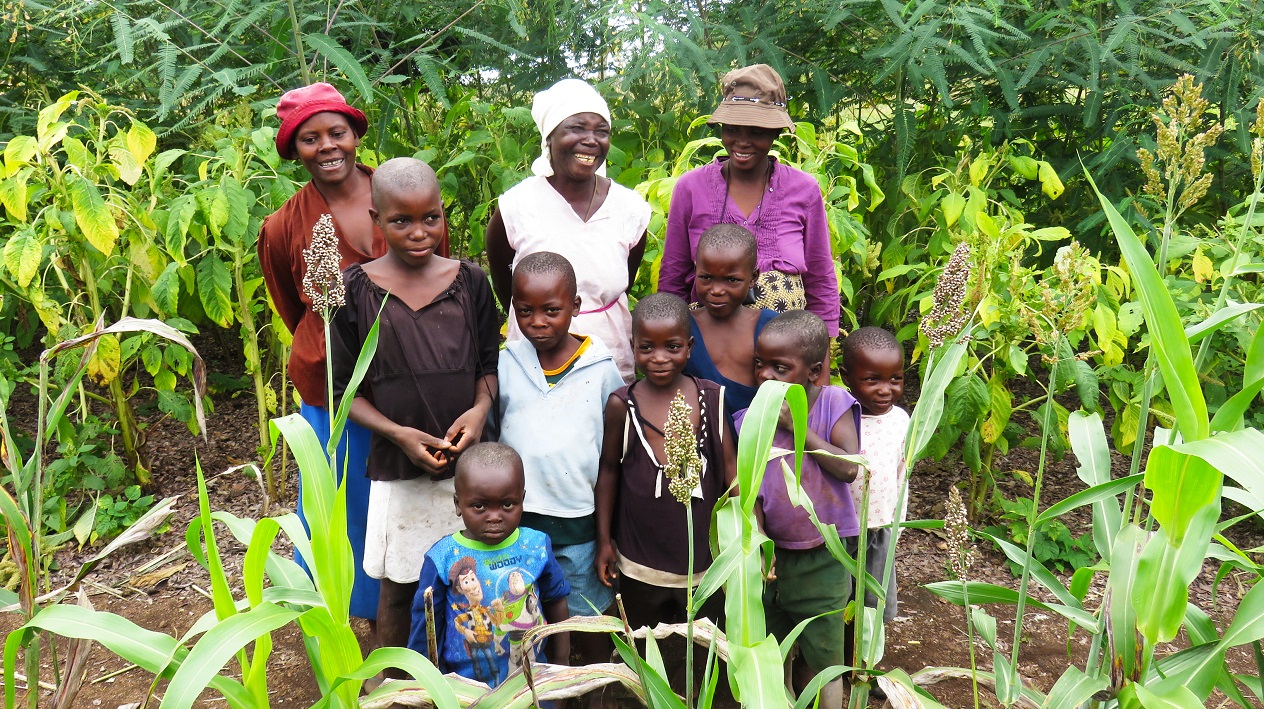Life in Mutoko, Zimbabwe

“We grow different crops for diversity. We appreciate the importance of legumes in our diet, especially peanut butter… Amaranth is good because we can use the grain and the leaves as a vegetable… We learnt to dry vegetables for times when fresh ones are scarce. This year we’ll be food secure.”
Peter and Sanisai Kaunhu live with their children in a remote part of Mutoko. For months at a time, more than 50% of families living in here face food shortages and 29% children are malnourished or stunted.
Peter and Sanisai used to grow maize as a single crop in their field. Their diet lacked variety, and their yields and soil fertility were decreasing every year. Aa bad infestation of striga weed reduced yields further still. The lack of variety left them vulnerable to climate shocks and crop failure. They were left unable to feed their growing family a healthy, nutritious diet.
As a Lead Farmer, Peter learnt about the importance of growing a diverse range of crops, and rotating their location each year. This protects against crop failure and helps maintain soil fertility. Sanisai has attended training on nutrition which reinforced the need to grow lots of different kinds of foods to have a healthy diet. Now they’re growing four cereal grains and many different vegetables, beans and fruits.
As well as enjoying the taste and variety, the family has also found that small grains help keep them feeling fuller for longer:
“A 20kg bag of maize flour will feed the family for a week. But the same size bag of pearl millet lasts 14 days, especially when the grains have been roasted for extra flavour!”
In the future, the family hopes to expand their production further still so they can earn enough money to pay for school fees for all their children. They also want to work with their fellow farmers to revive indigenous seeds, some of which are near to extinction in the area.





